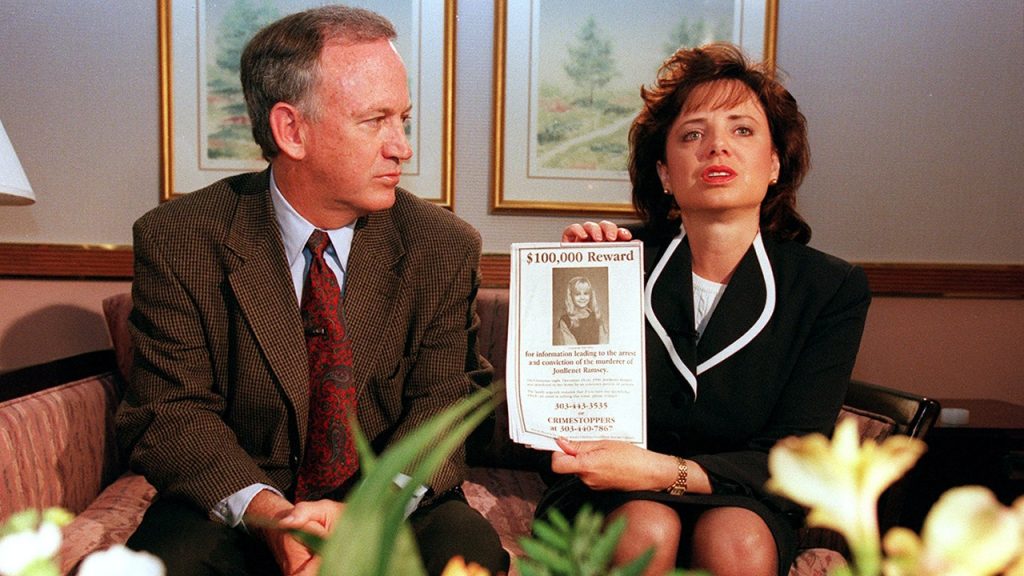Haunting Echoes: The Complexities of Unveiling Truth in Criminal Cases
True crime stories often captivate public attention, offering chilling glimpses into the darkest corners of human behavior. From seemingly inexplicable murders to meticulously planned assassinations, these cases expose the fragility of life and the enduring quest for justice. The stories highlighted here represent a diverse spectrum of criminal investigations, each revealing unique challenges in uncovering the truth and bringing perpetrators to account. The case of a killer doctor’s son, haunted by the sounds of his father’s crimes, underscores the complex psychological impact that criminal actions can have on those closest to the perpetrators. This case raises questions about the burden of inherited guilt and the lasting scars left by familial association with violence.
The puzzling case of a teacher found with multiple stab wounds, initially deemed a suicide, highlights the critical importance of thorough investigation and the potential for misinterpretations in early assessments. The fiancé’s bewilderment and the eventual discovery of contradictory evidence emphasize the need for meticulous forensic analysis and the consideration of alternative explanations, particularly in cases involving seemingly inexplicable violence. Such cases underscore the vulnerability of individuals within seemingly ordinary relationships and the potential for hidden motives to escalate into tragedy.
The ongoing investigation of suspected serial killer Rex Heuermann, charged with yet another slaying, demonstrates the intricate nature of serial murder investigations. The discovery of new victims and the accumulation of evidence often require extensive resources, meticulous forensic analysis, and persistent investigative efforts. These cases often span years, even decades, as investigators painstakingly piece together the fragments of a killer’s pattern, seeking to connect seemingly isolated incidents and bring closure to the families of the victims.
The case of Suzanne Simpson, whose DNA was found on her husband’s metal-cutting saw, brings into focus the crucial role of forensic science in criminal investigations. The presence of DNA evidence on such an instrument strongly suggests involvement in the victim’s disappearance or death. Forensic analysis, with its ability to identify and link physical traces to individuals, plays an increasingly vital role in establishing connections between suspects and crime scenes, providing concrete evidence that can lead to convictions.
The legal maneuvering in the Bryan Kohberger case, with Idaho prosecutors rejecting his challenges to search warrants, exemplifies the complex legal battles that often accompany high-profile criminal cases. Defense attorneys routinely scrutinize the legality of searches and seizures, seeking to exclude evidence obtained improperly. This adversarial process underscores the importance of upholding due process rights while striving to ensure that justice is served. The arguments over search warrants often become pivotal in determining the admissibility of crucial evidence, highlighting the delicate balance between law enforcement’s investigative powers and the protection of individual rights.
The JonBenet Ramsey case, a decades-old mystery that continues to intrigue and confound, resurfaces with her father suggesting a money-motivated murder. This theory, alongside numerous others that have emerged over the years, underscores the enduring difficulty of solving certain cases, even with extensive media attention and investigative resources. The passage of time, the loss of potential evidence, and the complexities of human behavior can create seemingly insurmountable obstacles in the pursuit of truth and closure.
The conviction and sentencing of Richard Allen for the murders of two teenage girls on a hiking trail represent a long-awaited culmination of justice. The Delphi Murders case, like many others involving young victims, captured national attention and spurred widespread community involvement in the search for answers. The eventual apprehension and conviction of the perpetrator, though providing a measure of closure, leaves behind the lingering question of why such senseless acts of violence occur.
The case of the suspected UnitedHealthcare assassin, whose chilling plans were revealed in journal entries, sheds light on the disturbing world of premeditated violence. The detailed descriptions of intended actions in personal journals offer a glimpse into the mind of an individual consumed by destructive intentions. This case underscores the critical importance of recognizing warning signs and taking potential threats seriously, particularly when individuals express explicit plans for violence against others.
Together, these stories represent a cross-section of the complexities inherent in criminal investigations, the challenges of uncovering the truth, and the enduring impact of violence on individuals, families, and communities. They illuminate the dark side of human nature while simultaneously demonstrating the relentless pursuit of justice and the unwavering commitment to holding perpetrators accountable for their actions. From the haunting echoes of a killer doctor’s past to the intricate legal battles in high-profile cases, these stories offer a compelling, if unsettling, view into the world of true crime.

